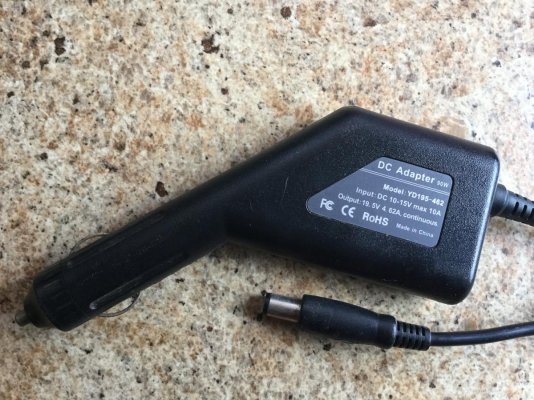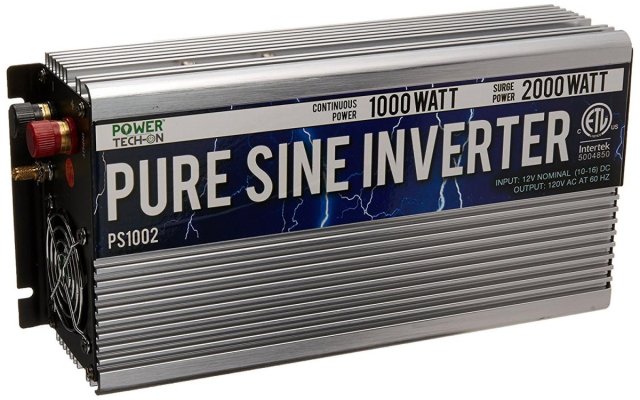JDCAVE
Guru
- Joined
- Apr 3, 2011
- Messages
- 2,902
- Location
- Canada
- Vessel Name
- Phoenix Hunter
- Vessel Make
- Kadey Krogen 42 (1985)
Thanks Nick: As you indicate from your experience, there is no one way to approach this problem or opportunity, depending on your point of view. I'm leaning towards a NUC, as they are small, affordable, have no moving parts, and provide all the requirements for a stripped down vessel computer. Intel indicates "DC Input Voltage Supported 12-19 VDC". It's not entirely clear what they mean by that and I need to clarify that before installation. I checked the power supply for my laptop with a multi meter and it reads 19 VDC exactly. Is that 19 Volts for the battery charging requirements or also elsewhere on the computer? I talked to Paxcom about my current onboard computer and the tech said that he built only a few 12 VDC units (mine being one of them) and he said that the voltages within the computer varied depending on the location on the "circuit" for want of a better term. As I mentioned, Rosepoint indicated to me that quite a few boaters/users of their software have gone towards a NUC as a solution for their computer requirements.
I reached out to a well known "trans oceanic trawler cruiser" for his advice and he indicated he used a small ATX case with spare parts for everything in the box. Given his background, I guess I shouldn't be surprised that he built his own unit! He did say he would probably go with a super small Lenovo System next time.
I would prefer to find a DC solution if possible, as an AC solution would require some new wiring and breakers etc. It's not a deal breaker though, as my Magnum 2812 inverter/charger is up to the task and we run on inverter when travelling. Typically, the inverter is switched off, when on the hook, unless we require it on for the microwave or AC lighting.
Jim
I reached out to a well known "trans oceanic trawler cruiser" for his advice and he indicated he used a small ATX case with spare parts for everything in the box. Given his background, I guess I shouldn't be surprised that he built his own unit! He did say he would probably go with a super small Lenovo System next time.
I would prefer to find a DC solution if possible, as an AC solution would require some new wiring and breakers etc. It's not a deal breaker though, as my Magnum 2812 inverter/charger is up to the task and we run on inverter when travelling. Typically, the inverter is switched off, when on the hook, unless we require it on for the microwave or AC lighting.
Jim
Last edited:




